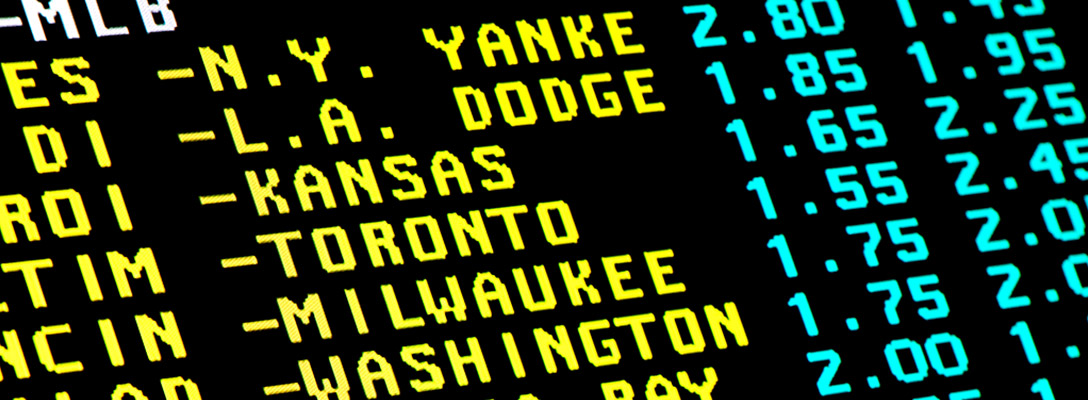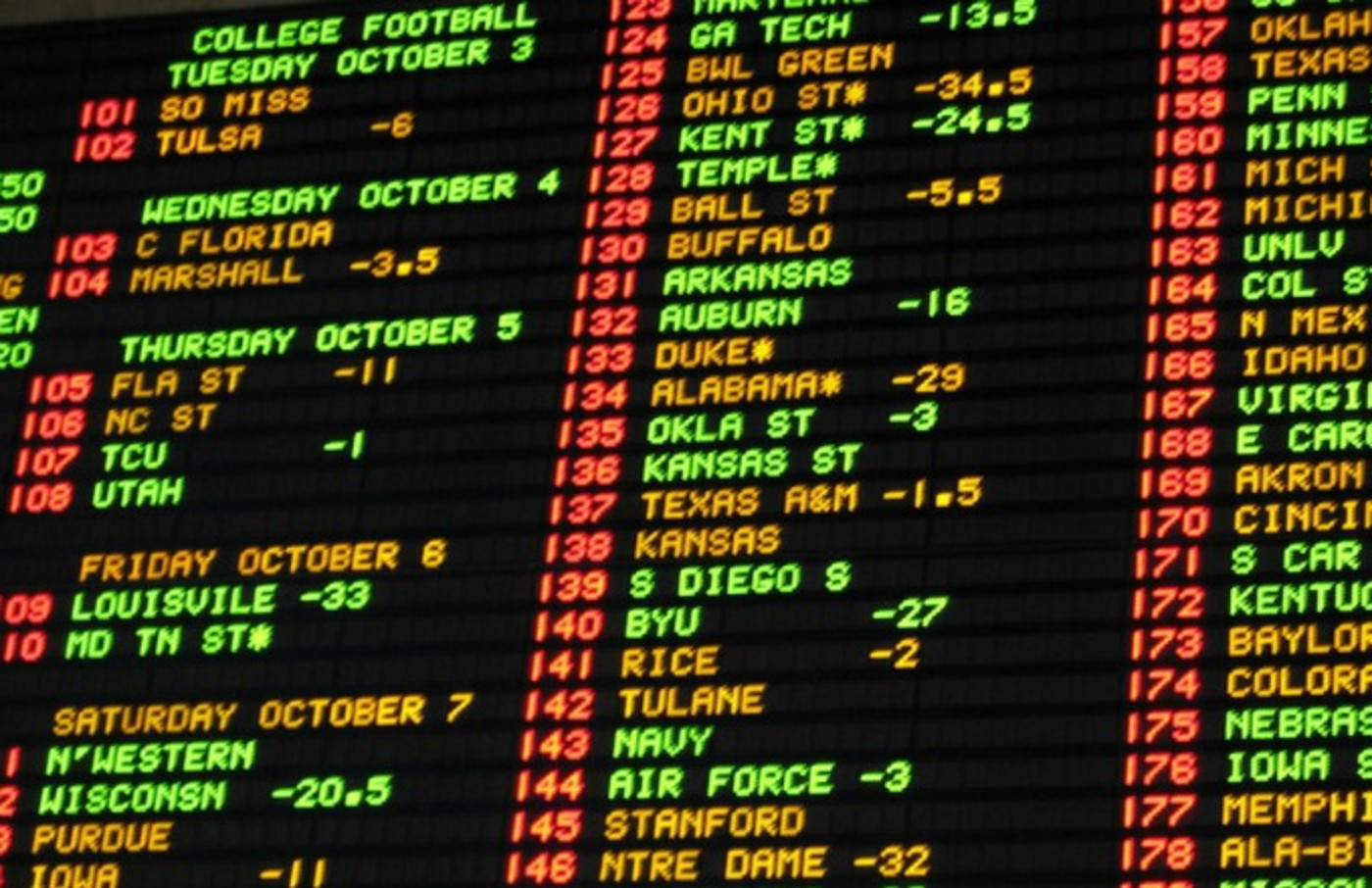Betting Line Meaning
Line betting is a form of sports betting whereby the bookmaker handicaps a team by setting a margin, which effectively makes the game equal. This margin is referred to as the line, hence where the term line betting originates. Line Betting is only available for events where there are two possible outcomes.
- Betting The Money Line Meaning
- Betting Line O T Meaning
- Betting Line Meaning Dictionary
- Football Betting Lines Explained
- What Does Betting Line Mean
- A betting line is a form of betting whereby the bookmaker handicaps a team/player to effectively make the contest 50/50. This handicap is set by creating a margin (line) between the two teams, in a contest where there are only two outcomes possible. An Example of How Betting Lines Work.
- When you’re first getting into sports betting, the odds and betting lines can look like a completely different language. +230 American odds, 2.00 European odds, 2/1 fractions.What does it all mean? Regardless of whether you’re betting on the NFL, NBA, MLB, or NHL, odds express the probability of a bet winning and also how much the bet pays out depending on how much is wagered.
:max_bytes(150000):strip_icc()/sports_betting_board_78396227-56a8f1955f9b58b7d0f69d65.jpg)
Betting The Money Line Meaning
Action: A bet of any kind.
ATS: Abbreviation for Above the Spread
Back-door Cover: This term refers to meaningless points scored late in the game by the underdog team to cover the spread.
Book: A sportsbook or a betting establishment that offers odds and accepts wagers.
Bookie: A person (or establishment) that takes bets on the outcome of sporting events.
Cover: If you beat the spread by the required number of points, you’ve ‘covered’ the spread.
Edge: This is the advantage in any wager.
Favorite: This is the team that is expected to win.
Front-door Cover: This is the opposite of Back-door cover. It is used in reference to the favored team scoring meaningless points late in the game to cover the spread.
Futures bet: This refers to placing a bet on any future event in the season. For example, putting down a bet early in the football season for who will win a bowl game.
Handicapper: This is a person who studies and rates sporting events.
Handicapping: This is when someone tries to predict the outcome of any given game.

Home field advantage: The edge a team is supposed to have when they play on their home field. Since the home field is a familiar turf and in front of the home crowd, teams are expected to perform better than they would if they were travelling thus giving them an edge.
Hook: This is a half point added to football odds.
Line: This is the odds, points, money line, or point spread offered on football games.
Linemaker: This is someone that sets the odds, points, money lines, or point spreads for football games.
Lock: This term is used to refer to an easy win.
Longshot: This is a term used to refer to an extreme underdog.

Moneyline: This refers to the amount of money a player must wager in order to win $100, or the amount of money a player wins if they put $100 on the underdog.
Oddsmaker: This is another term for the Linemaker. It is the person who sets the odds, moneyline, or point spread for football games.
Over/Under Bets: This refers to a bet on whether the combined total of the points scored by both teams will be more or less than a set number.
Overlay: This is a term to refer to odds that are higher than they should be. These odds favor the bettor not the house.

Betting Line O T Meaning
Parlay: This is a wager on two or more teams or outcomes where the selections must win in order for the bettor to win.
Past performance: This refers to any given team’s results in past seasons. This is particularly important when betting on NCAA football.
Player: This is a term that refers to any person that puts down a bet on any given sports event.
Point Spread: This is a number of points given to the underdog by the Linemaker in order to handicap the favorite. It can also be thought of in terms of the scoring differential between the two teams. The point spread is used to even the playing field.
Proposition Bet or Props: This is a bet placed on a specific aspect of the game, such as who will score first or how long the longest touch down pass will be.
Soft line: This refers to a line that has been adjusted because of the result of an action. It is not the true posted line.
Underdog: This is a term that refers to the team that is expected to lose.
Underlay: This is a term that refers to odds that lower than they should be. These odds favor the house and not the bettor.
As a fan, you don’t care if your team wins by a point or 100. A win is a win, though that 100-point win would be a little easier on the nerves.
In sports betting, how much a team wins by is usually all that matters.
The most popular way to bet for the two most popular sports, basketball and football, is with the point spread, also known as the “side.” Most baseball, hockey and soccer bets are on the moneyline, which is betting on a team to win straight up with adjusted odds. Football and basketball have moneyline bets available too, but most people will take the point spread.
The concept can be a bit confusing if you’ve never dabbled in sports betting before.
Why bet with the point spread?
The point spread was created to attract more action on a game. When the San Francisco 49ers are expected to blow out the Arizona Cardinals, it’s not enticing to lay $300 to win $100 on a moneyline. But when the 49ers are 11-point favorites and each side is -110 odds? That’s much easier.
In that example, the 49ers are spotting the Cardinals 11 points before the game starts, at least for bettors. The 49ers have to win by 12 or more points to cover the spread. If the Cardinals win or lose by 10 or less, that side wins the bet. If the game lands on 11, like a 21-10 49ers win, it’s a push and all bets are refunded. If you see a -11 that means that team is favored, and +11 means you’re taking the underdog.
Nothing sharpens your math skills better than trying to figure out how big your lead as a bettor is if you have a 22.5-point basketball underdog that is losing 90-72.
The problem with the point spread can be when a team — which really doesn’t care that you bet the favorite at -11 — has a 14-point lead but gives up a meaningless score at the end to win by only seven points. They’re still happy with the win. You, as a bettor, are not.
© Provided by Yahoo! Sports Sportsbooks have large boards that display point spreads for all games that day. (AP Photo/John Locher, File)Betting Line Meaning Dictionary
Point spreads lead to bad beats
The most infamous example of a bad beat with the point spread probably came in the 2004 Final Four at the NCAA men’s basketball tournament.
Football Betting Lines Explained
Duke was a 2.5-point underdog against UConn. The Huskies rallied late and took a 79-75 lead on a free throw with 3.2 seconds left. The game itself was over; Duke couldn’t score twice in a few seconds. But Duke guard Chris Duhon pulled up for a running 3-pointer just over the half-court line and banked it in at the buzzer. Duke lost 79-78, but bettors who had Duke and 2.5 points won. March Madness is a huge event for bettors, and reports at the time estimated that Duhon’s “meaningless” shot resulted in a $30 or $40 million swing in Nevada. UConn players celebrated at the final buzzer. UConn bettors doubled over in pain. That’s the difference between betting the moneyline and the point spread.
Baseball and hockey have point spreads too, the “run line” in baseball and “puck line” in hockey. It’s generally 1.5 with odds adjusting accordingly. Taking a big baseball favorite at -1.5 runs can make the odds more palatable. Of course, betting the New York Yankees at -1.5 to bring down the odds from -190 to -110 isn’t too fun when they win 4-3 and you don’t cash a bet.
What Does Betting Line Mean
Betting on the point spread is the most common way to wager on sports. And the first time you take a favorite that wins the game but doesn’t cover the spread, you’ll understand every bettor’s heartbreak.